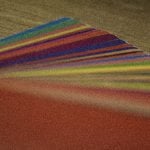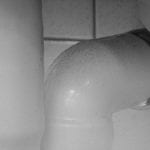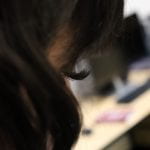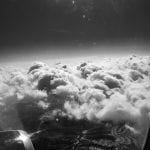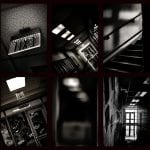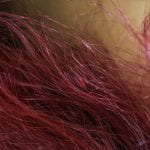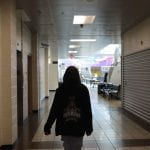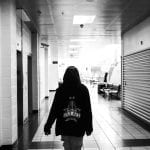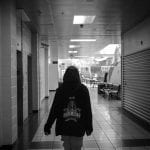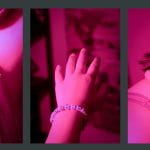Category: All Assignments
Barbara Kruger Inspired Work
Photo Portfolio Book
ABSTRACT
PORTRAITS
WONDERS OF THE SKY
SERIES
Scavenger Hunt
Same Image Different Editing Styles
Here I took a picture of my Photo Buddy while they were not paying attention. I couldn’t decide how I wanted the photo edited, so I edited it in ways that I usually don’t practice. This is something that I will definitely do more than once in order to better my understanding of editing and keep it fun.
Triptych
Mirror Image
Shallow Depth Of Field
Man Vs. Nature
READ AND WRITE REVIEW
1.) What are aperture, shutter speed, and ISO?
Aperture is hole in the lens that expands and contracts to control how much light is allowed into the lens. You would use f stops to measure your Aperture. F stops look like: f/2 f/8 f/32. Shutter speed is how long your shutter is open and how long your camera sensor is exposed to light. Shutter speed is measured by seconds or fractions of seconds. They look like: 1/30th 1/60th 1/250th. ISO is how sensitive your camera is to light. ISO is simply represented by numbers like: 400 1600 3200. All of these have to be balanced for you to take a picture or it will come out too dark, light, or blurry.
2.) When would you need to change your ISO?
You would need to change your ISO when your light source changes. For example, when the subject you are using is in a darker setting, you need to decrease your shutter speed. But to prevent the shake, motion blur, or use of a tripod, you would increase the ISO. By increasing the ISO, your shutter speed can stay above 1/60th of a second and you wont need a tripod. You would benefit the freedom of getting more angles faster and easier.
3.) What is aperture and shutter priority settings?
The aperture and shutter priority settings are pretty self explanatory. The aperture priority setting prioritizes the aperture automatically adjusts your shutter speed and ISO for you. All you have to do is chose your aperture and shoot. The shutter priority setting prioritizes the shutter speed and adjusts the aperture and ISO to what you choose your shutter speed is. These settings are what’s referred to as semimanual settings.
4.) What are AF modes? How do you change them?
AF, autofocus, modes are used to lock onto subjects as they enter a specific area, track eyes across the frame, and many more. AF modes take the guesswork out of manual focusing and moving targets. You can change them by selecting what AF mode you want in the menu on the camera.
5.) Why do you need to meter the light to get the right exposure?
You need to meter the light to get the right exposure because if you don’t, your image will come out way to dark or way to light. By metering, you can ensure that your exposure is good and so that you can change your ISO, shutter speed, and aperture to compliment your subject. Metering measure the amount of light falling on a subject and tells you if your image is going to come out light or dark.
6.) What is white balance and why would you need to change it?
White balance is used to adjust colors t match the color of the light source so that white objects appear white. The main function of white balance is to help you create images with precise colors and reduce or remove unwanted color casts. By adjusting your white balance, you can make your overall picture look more natural.
7.) What is depth of field and what is the difference between shallow and good depth of field?
Depth of field is the area of acceptable sharpness in front of and behind the subject which the lens is focused. Put simply, it refers to how blurry or sharp the area is around your subject. A shallow depth of field refers to a small area in focus. Often the subject is in focus, while the background is blurred.
8.) What are drive modes and metering modes?
Drive Modes are the shooting modes in your camera, such as single shooting, continuous shooting, self-timer mode and more. Metering modes determine which areas of the frame are used by the camera to measure subject brightness and how the camera sets exposure.
9.) What is exposure compensation?
Exposure compensation is used to alter exposure from the value selected by the camera, making photographs brighter or darker. In modes P, S, and A, the camera automatically adjusts settings for optimal exposure, but this may not always produce the exposure the photographer intended. It’s likely that you’ll need to use exposure compensation when you’re shooting something that is predominantly black or white. Shoot a white scene, like a snow covered field, and the camera will tend to underexpose the whole scene, and vise versa for dark scenes.











